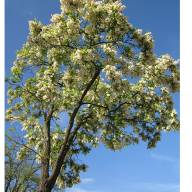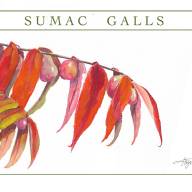The wild turkeys seen in Vermont today originated from just 31 wild turkeys stocked in southwestern Vermont by the Vermont Fish and Wildlife Department in 1969 and 1970 when Vermont’s forest habitat was once again capable of supporting turkeys.
VTF&W photo by John Hall
The Thanksgiving turkeys on our tables this holiday originated from native wild turkeys whose populations have been restored across much of North America thanks to scientific wildlife management by state fish and wildlife agencies.
One of Vermont's native wildlife species historically played an important role on Thanksgiving Day. North America’s native wild turkeys were the ancestors of the Thanksgiving turkey on dinner tables next week.
Originally found only in the wild, turkeys now exist as meat-producing domesticated varieties – the broad-breasted white, broad-breasted bronze, white Holland, bourbon red, and a host of other breeds – all of them descended from our native wild turkey.
More than 140,000 servings of Vermont wild turkeys are harvested each year – that’s 140,000 servings of free-ranging, wild and sustainably harvested protein.
Wild turkeys exist throughout Vermont today, but that was not always the case. Wild turkeys disappeared from Vermont in the mid-to-late 1800s due to habitat destruction when land was cleared for farming and only 25% of the state was covered by forest.
The wild turkeys seen in Vermont today originated from just 31 wild turkeys stocked in southwestern Vermont by the Vermont Fish and Wildlife Department in 1969 and 1970 when Vermont’s forest habitat was once again capable of supporting turkeys. State wildlife biologists moved groups of these birds northward, and today Vermont’s population of turkeys is estimated at close to 50,000.
This is just one of many wildlife restoration success stories state officials and others are thankful for in 2025. Funding for Vermont’s wild turkey restoration was derived from the sale of hunting licenses and a federal tax on hunting equipment.
You might also like













